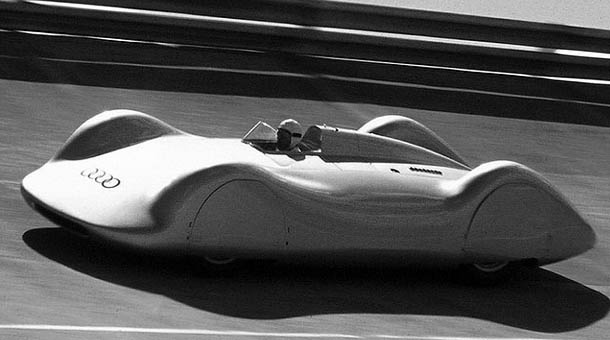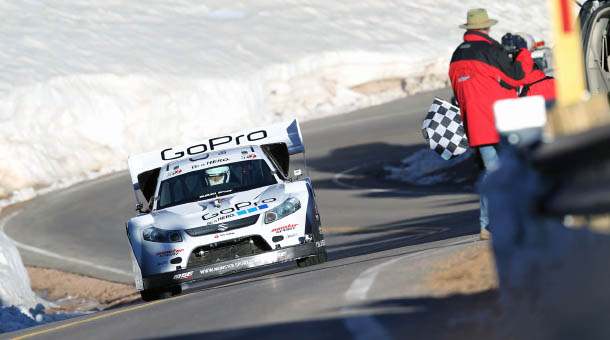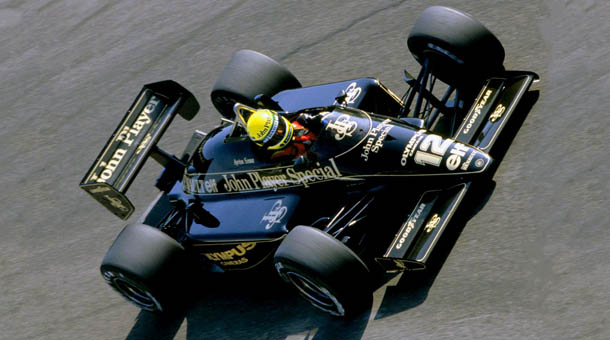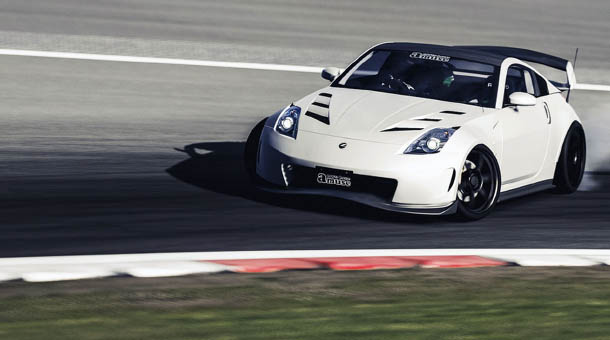In 1932, due to difficulties in the economy and consequences of the Second World War, car manufacturers from Germany, namely DKW, Wanderer, Audi and Horch, jointly created a single company "Auto Union". It became possible for Auto Union to see the world and compete with Daimler-Benz thanks to state support. So the new aerodynamic Auto Union Type C Streamliner V16 was born.
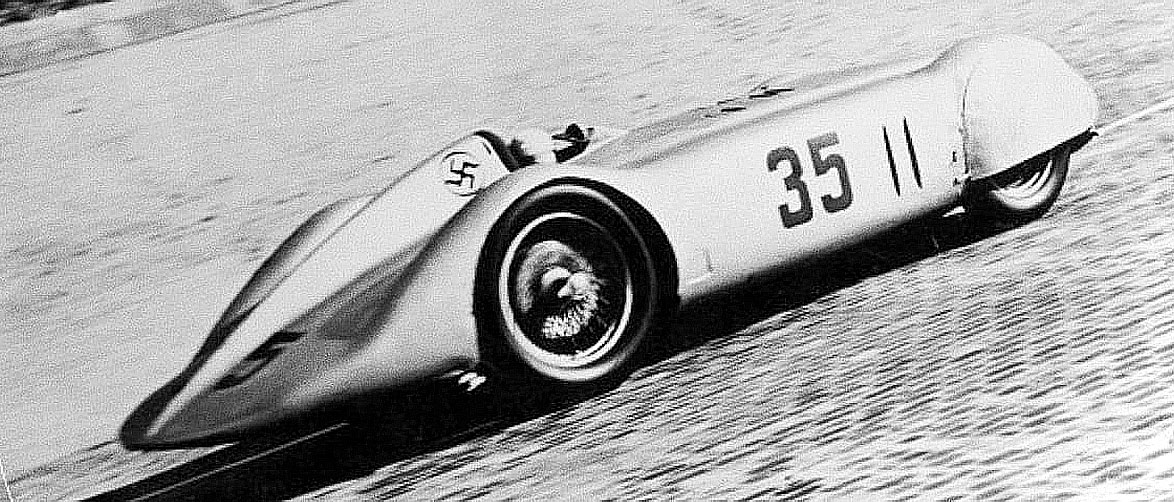
Dr. Ferdinand Porsche showed the world the first mid-engined Grand Prix racing car. World-class racers such as Bernd Rosemeyer, Tazio Nuvolari and Hans Stuck were the lucky ones who not only tested the Auto Union Type C, but also won a lot of victories in open-wheel cars from 1934 to 1937.

A car weighing 750 kg had a centrally located longitudinally lying engine, the volume of which was 6330 cubic meters. See. Thanks to the combination of a V16 SOHC with a two-stage supercharger, the car could reach 520 hp at 5000 rpm. Even the most common configuration was enough for this. For all its merits, due to the rear centering, only the best racers could cope with the car on the track.
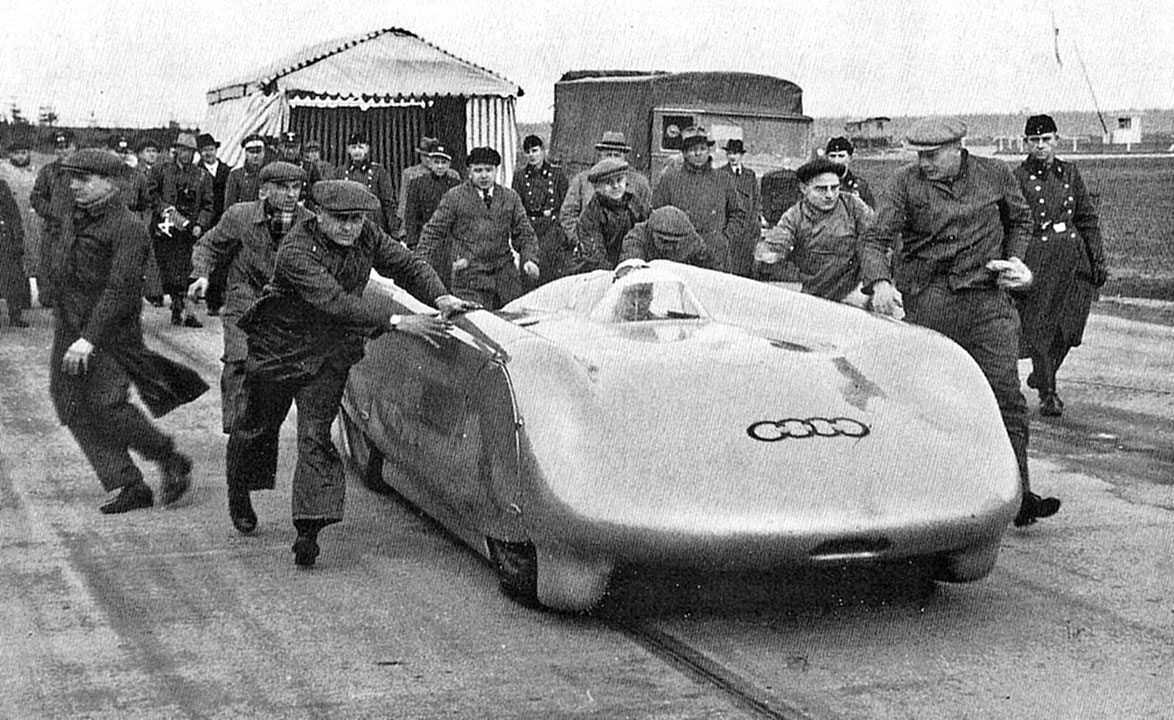
In 1938, in order to set the world speed record, Bernd Rosemeyer chose the route between Frankfurt and Darmstadt. To do this, his car was equipped with a Streamline body, which made it possible to reduce drag. Unfortunately, an unforeseen and worsening weather conditions happened, namely, a sharp wind blew the Type C off the track, followed by a coup. The driver has died. Later it was found that he managed to reach a speed of 479 km/h.

SPECIFICATIONS AUTO UNION TYPE C STREAMLINER V16 - 1934
- Engine capacity - 6005 cm3
- Max. power - 520 hp/5000 rpm
- Layout / Supercharged - Mid-engined (MR) / Atmospheric (AC)
